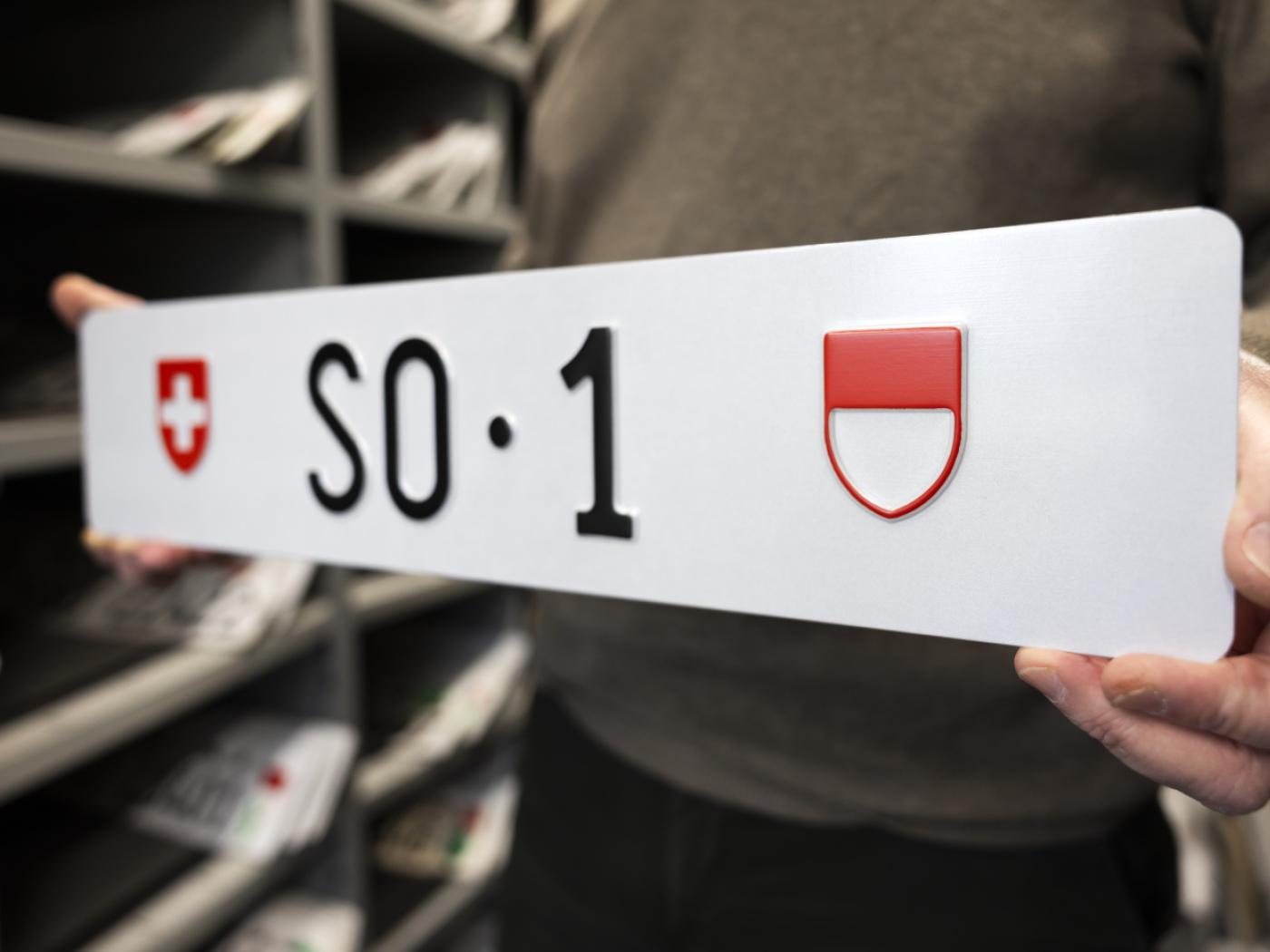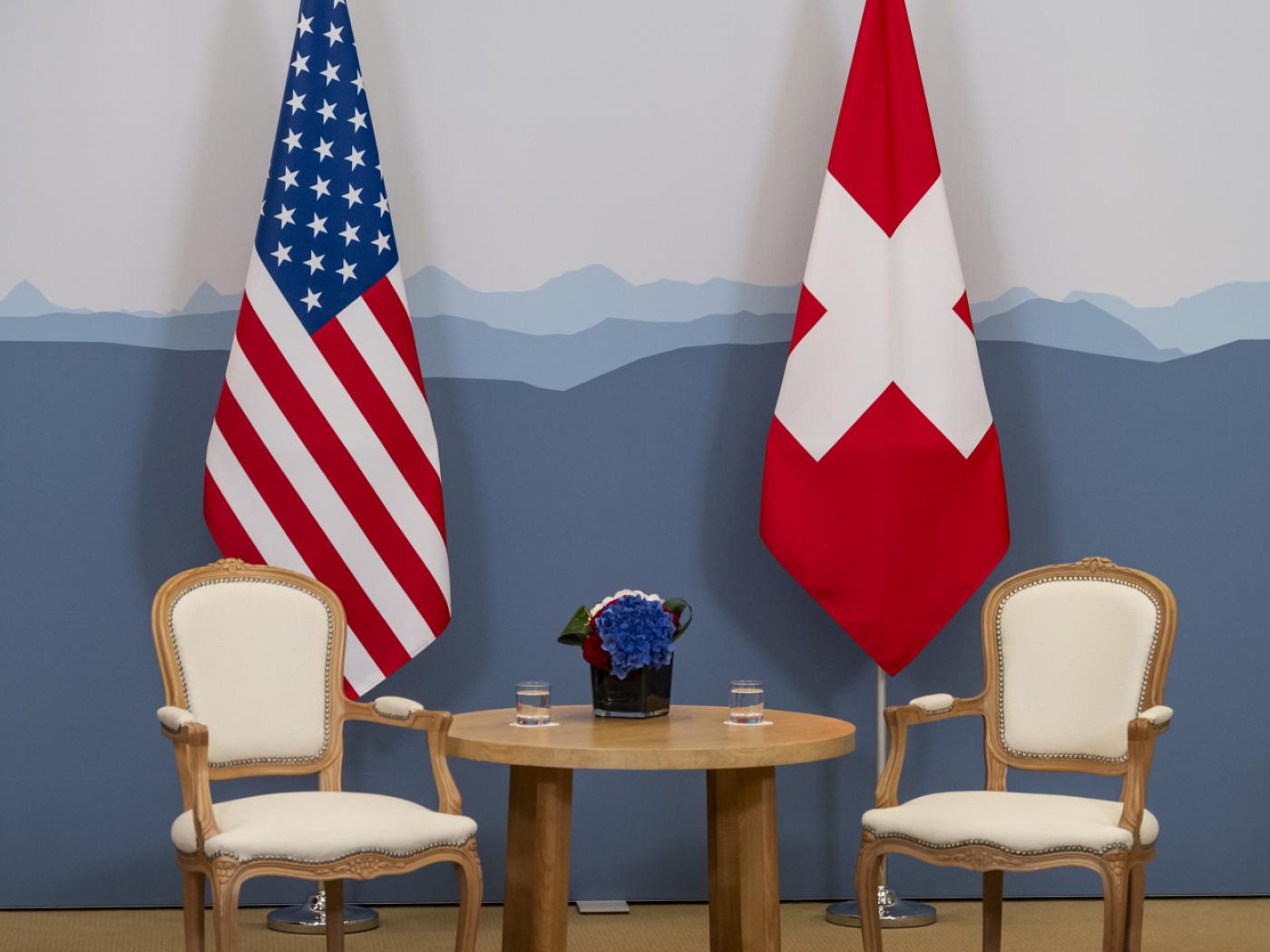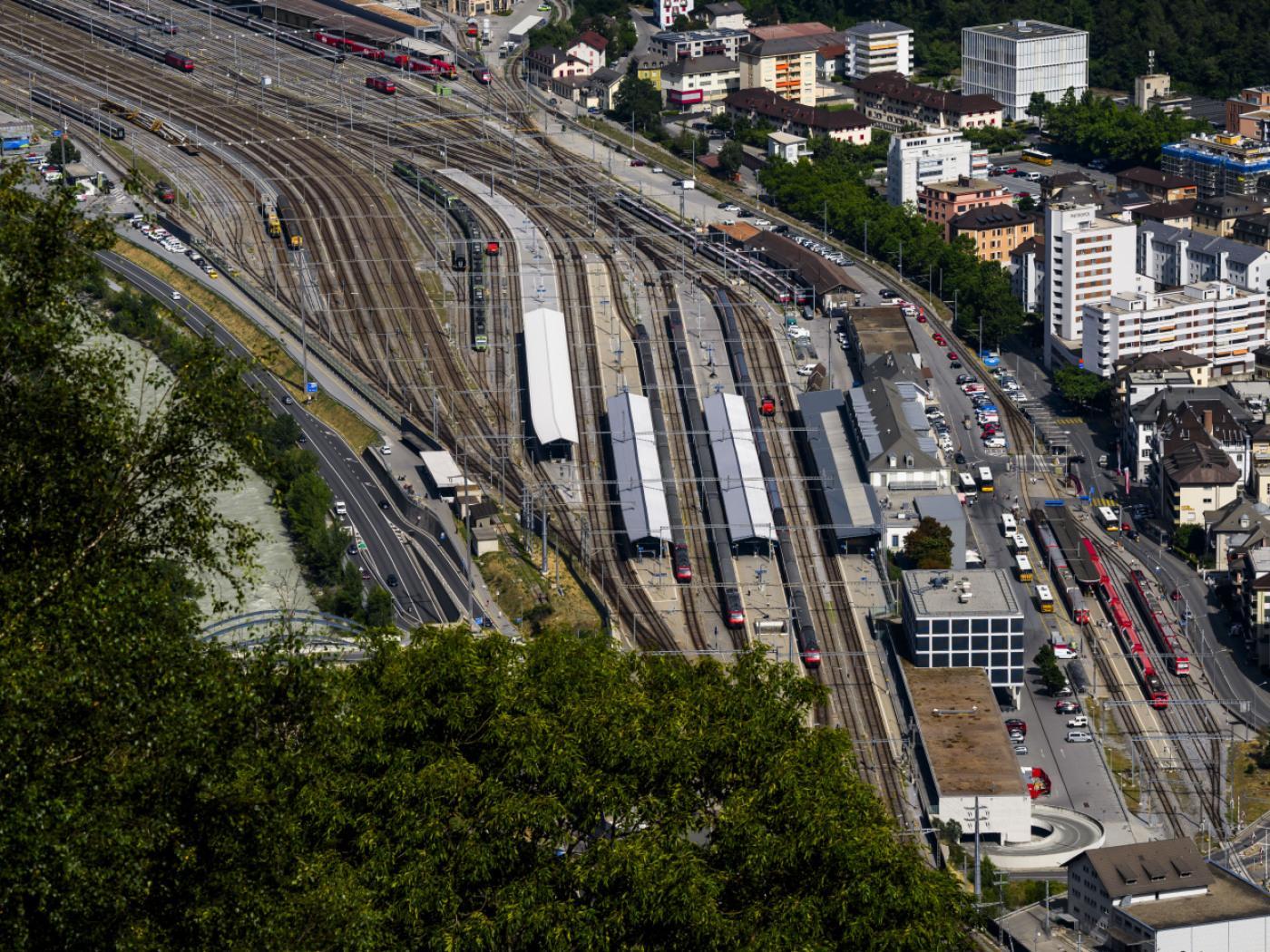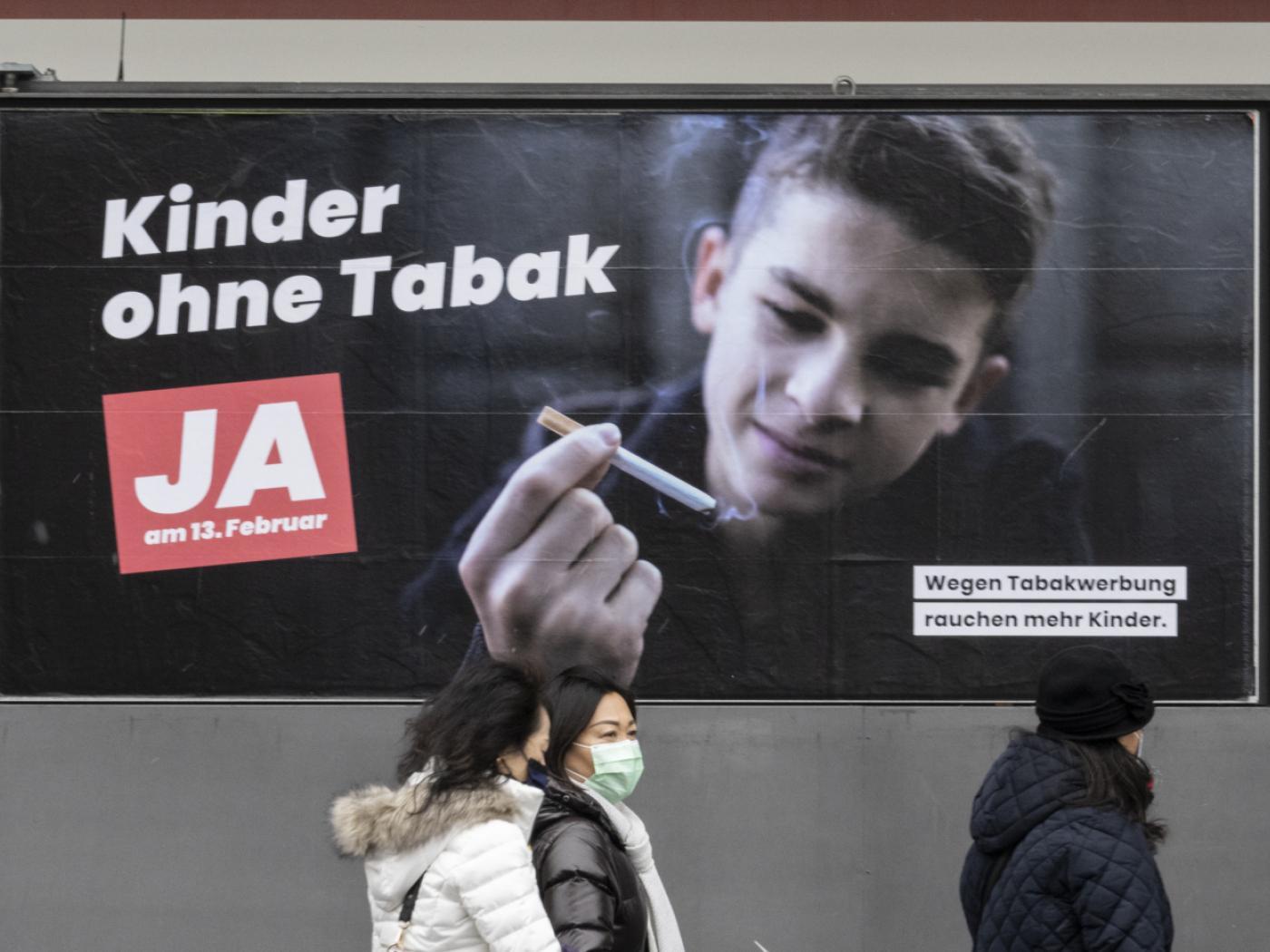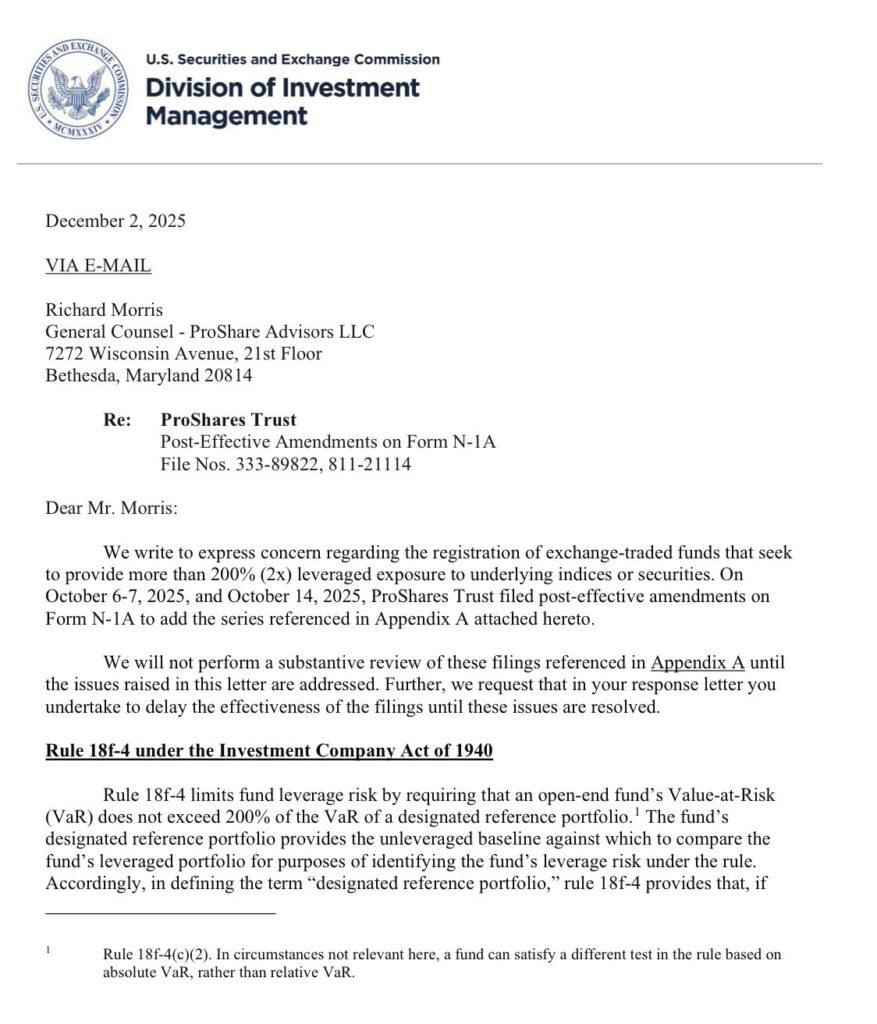Many countries may look with envy upon Sweden. Growth last year was probably around 3%, with household consumption rising a little more than 2%. Its current account surplus is 7.5% of GDP. Exports were up by 4.3%. Its budget deficit is around 1% of GDP. Earlier today Sweden reported its manufacturing PMI rose to 56.0 from 54.9 in November. This the highest since March 2014.
The main angst of the Riksbank, Sweden's central bank, is the persistence of disinflationary conditions. In November, consumer prices were up 0.1% from a year ago. The underlying measure, which is not a core measure (excluding food and/or energy) but is calculated on the basis of fixed rate mortgages stood at 1.0%.
Despite the Riksbank buying government bonds and a negative 35 bp repo rate, the Swedish krona appreciated by 5.5% on trade-weighted basis since early-August. During this period it rose 3% against the euro and Danish krone, 9% against the Norwegian krone and 1.7% against the US dollar.
Central bank officials have tried talking the currency down to little avail. The central bank warned on December 30 that it could intervene. At the end of last year, the euro was at eight-month lows against the krona (`SEK9.12). The Riksbank is steeping up its efforts.
Today it indicated that it is adopted a new process for direct intervention in the currency market. In an unscheduled statement, the Riksbank announced that Governor Ingves and First Deputy Jochnick will have the authority to decide on the details intervention that would be pursued for monetary policy purposes. It was not unanimous decision. One board member, Floden, objected on the grounds that intervention in the current situation was not a "suitable" too to make monetary policy more expansionary.
It appears that this expedites the process. Previously, the entire six-member board would have been involved with the decision. Participants still do not know with any precision the conditions or krona level that would trigger the intervention. Press reports show some participants suspect intervention on a break of SEK9.10 or SEK9.05.
The threat of intervention may do the trick, at least in the near-term. Technical indicators like the RSI and MACDs are constructive. The move above SEK9.20 would see SEK9.25-SEK9.30. The Riksbank next meets on February 11.
Tags:


























